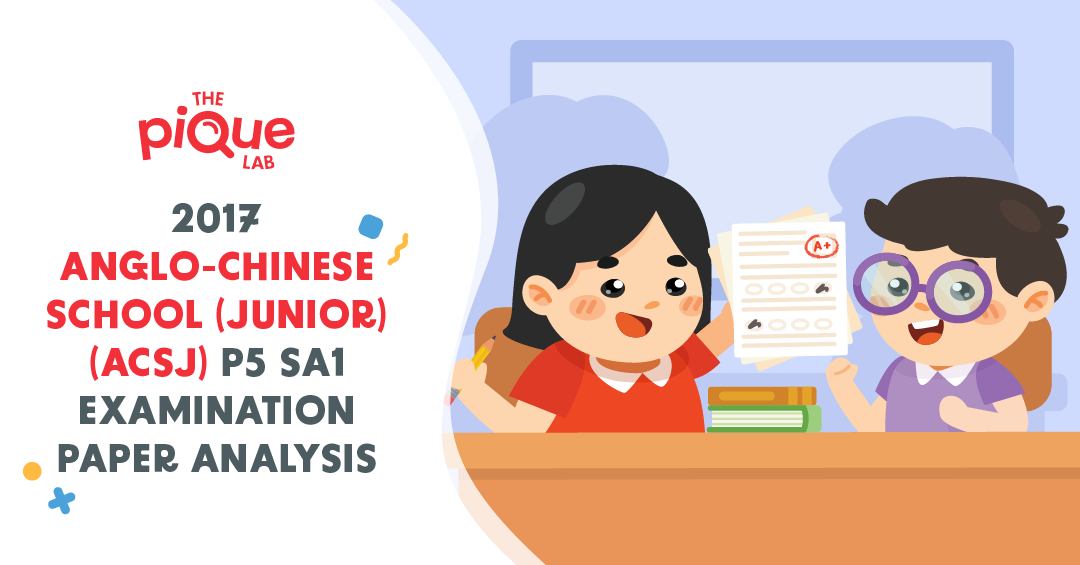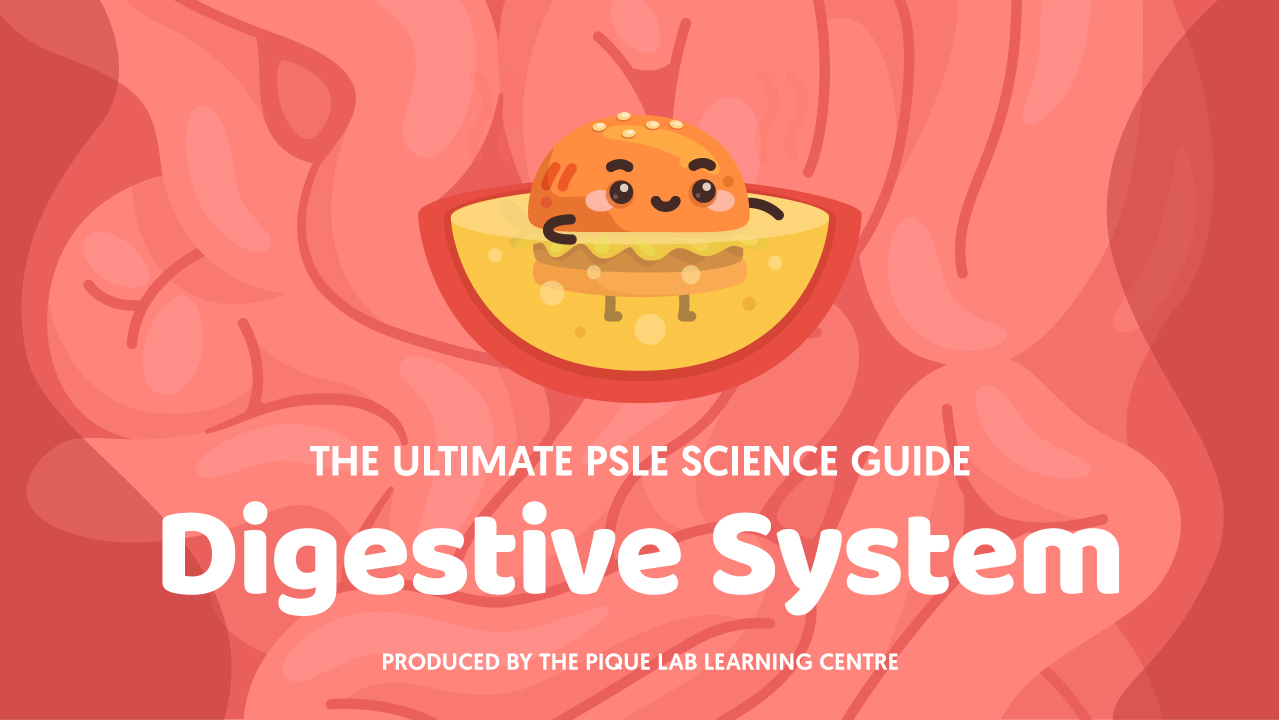When students review their notes on the topic of Heat Energy, most of them can confidently say that they understand the fundamental concepts. They are able to state that:
- Heat travels from a hotter to a colder region.
- Heat gain or loss can cause a change in temperature or state.
- A good conductor of heat gains and loses heat faster than a poor conductor of heat.
Read Also
However, many students, including those in P6 who have had at least a year of practice on this topic, find that they struggle with tackling application questions on Heat Energy.
Why?
Firstly, there is a wide variety of application questions that can be tested on the topic of Heat Energy. Hence, students may feel lost when they encounter a question that they have never seen before.
Secondly, the application questions tend to require complex thought processes, which students have trouble penning down clearly.
Hence, in today’s article, I would like to go through the thought process for one of these application questions on Heat Energy.
Question
John was trying to find out if the size of the flame would affect the speed at which the carrot was cooked.
Here are the steps John took to set up the experiment:
Step 1: Prepare two beakers with the same amount of water at 100°C.
Step 2: Put a carrot (of the same size) that is at room temperature in each beaker.
Step 3: Place one beaker over a large flame and place the other beaker over a smaller flame.
The diagram below shows what the set-ups look like.

Would the carrot in Set-up A cook faster than the carrot in Set-up B? Explain why.
Thought Process
Step 1: How are the carrots cooked?
In order for the carrots to cook, they have to gain heat from a heat source.
However, students tend to be confused regarding where the carrots gain heat from, causing them to use the wrong approach when analysing this question.
A common misconception that students have is that the carrots gain heat directly from the flame. That is incorrect. Rather, heat is transferred from the flame to the water, and the heat would then be transferred from the water to the carrots.

One important rule of heat transfer that students learn is that heat travels from a hotter region to a colder region. Since the carrots (30°C) are cooler than the hot water (100°C), the carrots gain heat from the hot water to cook.
Step 2: What affects the rate at which the carrots are cooked?
The rate of heat transfer between two regions depends on the temperature difference between the two regions.
When the temperature difference is smaller, the cooler region gains heat slower from the warmer region. Conversely, when the temperature difference is larger, the cooler region gains heat faster from the warmer region.
Take the following two set-ups for example:

The temperature difference between the coffee and the water in Set-up X is smaller (70°C – 25°C = 45°C) than the temperature difference in Set-up Y (70°C – 5°C = 65°C).
Thus, the rate of heat transfer from the hot coffee to the water in Set-up X is slower than the rate of heat transfer in Set-up Y. The warmer tap water would gain heat from the hot coffee slower than the cooler iced water would gain heat from the hot coffee.
Let us now return to the question with the carrots and apply what we have just learnt.
In this question, the initial temperature difference between the carrot and the water is the same for both set-ups (a difference of 70°C). For a carrot to gain heat faster to cook faster, the temperature difference between the carrot and the water needs to be larger – that is, the temperature of the water has to be greater than 100°C.
Step 3: Will the larger flame cause the water to increase in temperature beyond 100°C?
However, the water in both set-ups is already at 100°C, which is the boiling point of water! When the water gains more heat from the flame, the water would boil to form steam, instead of increasing in temperature. During the process of boiling, the temperature of the water would remain constant at 100˚C until all the water has boiled to form steam.
Hence, the larger flame in set-up A will not cause the water in Set-up A to increase in temperature beyond 100°C. Instead, the water in Set-up A will gain heat more quickly from the larger flame, causing it to boil and form more steam at a faster rate. (This also means that the decrease in the water level in Set-up A will be faster than the decrease in the water level in Set-up B.)
Therefore, no matter the size of the flame, the temperature of the water in both set-ups will remain at 100°C.
Conclusion
Since the temperature difference between the carrot and the water in both set-ups will still remain the same, the rate at which the carrots gain heat from the boiling water will be the same. Therefore, the carrots will cook at the same speed, no matter the size of the flame.
I hope that this article has been helpful in guiding you through the thought process of how to tackle such an application question on the topic of Heat Energy.

If you like our methodology, we’ve some upcoming workshops:







